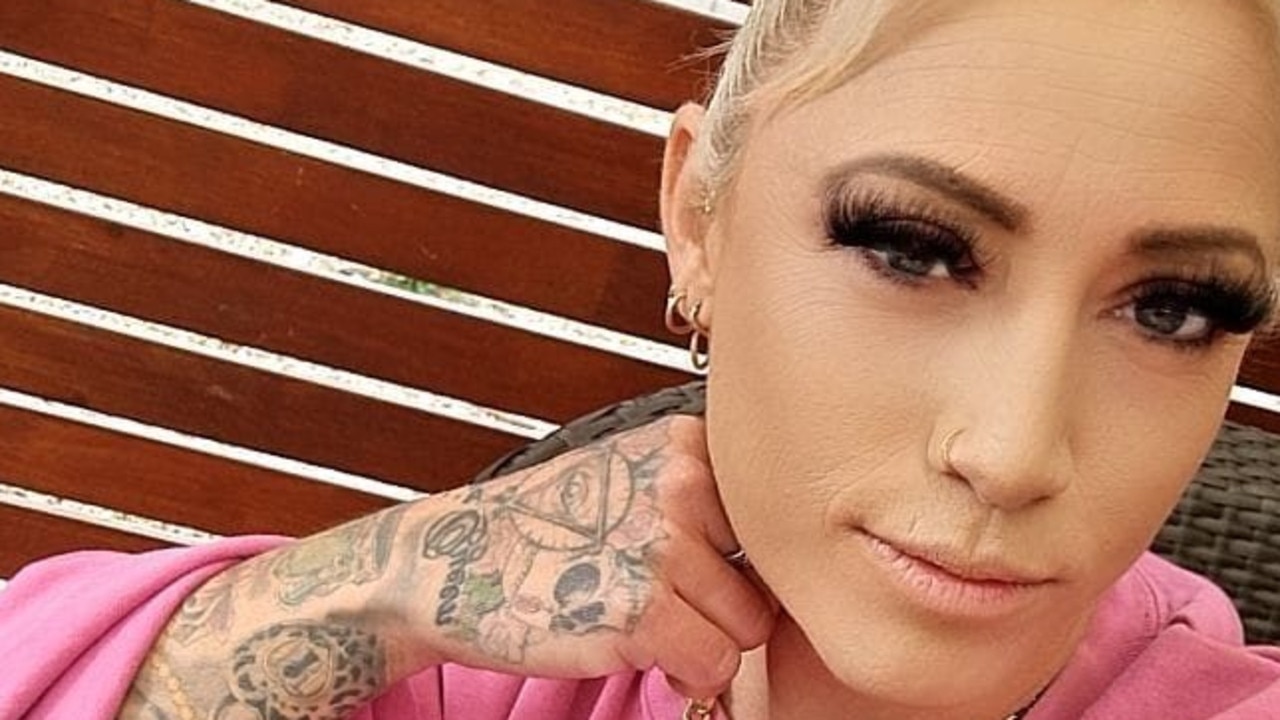BAE Systems boss Craig Lockhart says SA must start preparing for its nuclear future
Few people in SA would know more about nuclear submarines and nuclear power than BAE boss Craig Lockhart. And he says it’s time to get some rubber on the road.
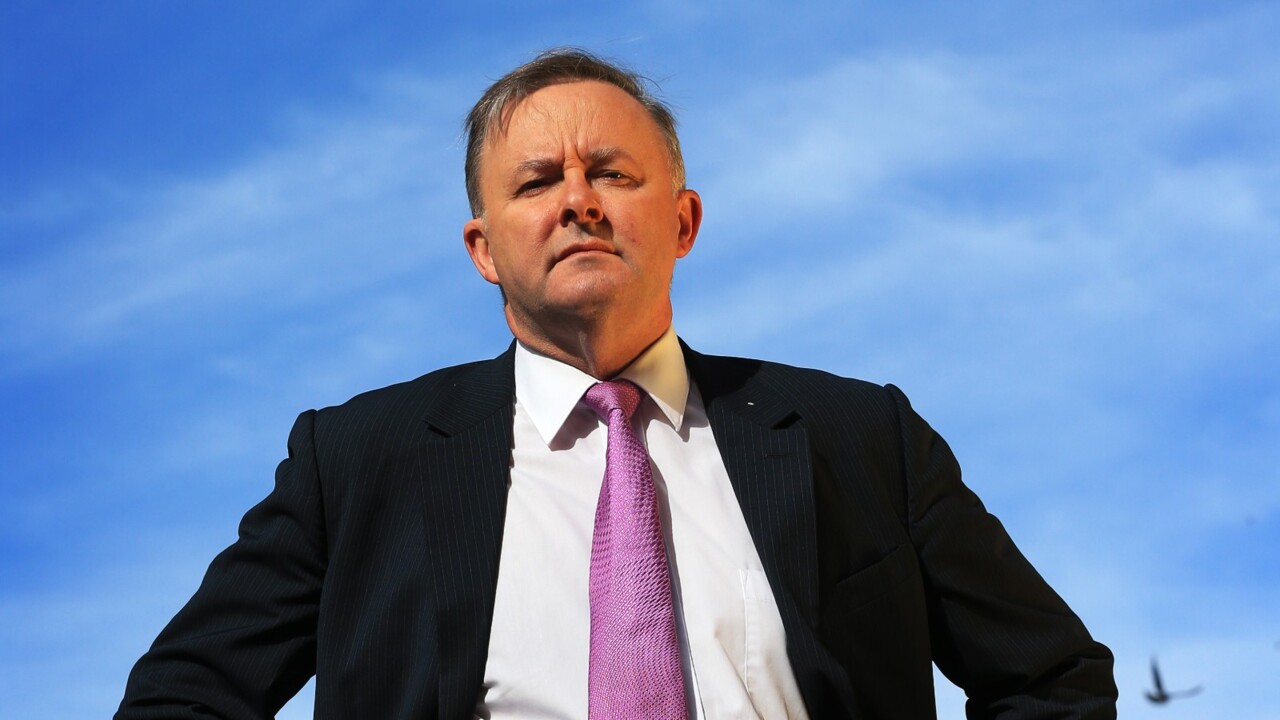
SA News
Don't miss out on the headlines from SA News. Followed categories will be added to My News.
State and federal governments must get rubber on the road to prepare Australia and South Australia for a nuclear future, BAE Systems Maritime managing director Craig Lockhart says.
Lockart, a key player in the establishment of the UK’s nuclear submarine industry, says governments need to look at everything from legislation, to safety, to jobs.
During an in-depth interview with SA Weekend, Lockhart says there are about eight pieces of “top-tier legislation” governing the UK nuclear program and a multitude of regulation below that level.
The SA and WA governments also have a lot yet to do as the manufacturing and operational bases of the project, he says.
“State governments will require nuclear medicine departments, require decontamination, evacuation routes and exercise areas,” he says.
“The state governments will also have an obligation to qualify themselves as part of that nuclear operator responsibility.”
When he had responsibility for the Devonport dockyard in England, Lockhart says there would be regular full-scale safety drills.
The facility is adjacent to the city of Plymouth so twice a year, Lockhart had to demonstrate they could handle a “worst-case scenario”.
“I would jump in a car with a naval base commander, we’d drive 25 miles away, we’d go into a fairly secure facility and I’d be there with the police commissioner, Department of Health and Public Safety, we’d be connected to Whitehall and we’d simulate a nuclear fissile material leak,” he says.
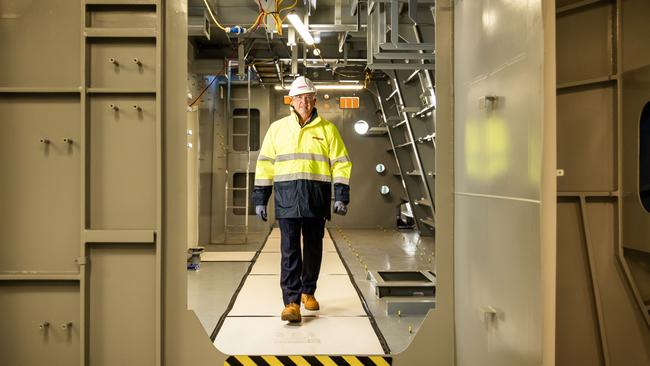
Schools would be evacuated and the point was “if shit went down, we were able to inform, communicate, consult and manage”.
Lockhart says the same kind of operations will need to be carried out in Adelaide.
“With the advent of AUKUS, we really have to start thinking about that crawl, walk, run type of maturity as we go through this.”
But he remains an optimist – “what a fantastic opportunity” – about what lies ahead, both in submarines and, despite all doubters, for the $5bn Hunter project, which he is overseeing.
Even though a little bit of that frustration about the second-guessing of the program leaks out, he points out it was a frigate conceived as an anti-submarine warfare vessel.
That requires it to be as silent as possible. It has acoustic tiles on the hull. It has specially designed pipes to reduce the noise of water flow. But now some argue that it doesn’t have enough firepower. Not enough missiles.
“This is the kind of misconception about, just stick some missiles on it, well, they make a noise. Think about what you’re using it for,” he says in a slightly exasperated tone of voice. “Its core is to pick up submarines.”
But the bigger picture remains. Lockhart believes Osborne will be home to naval shipbuilding for generations to come.
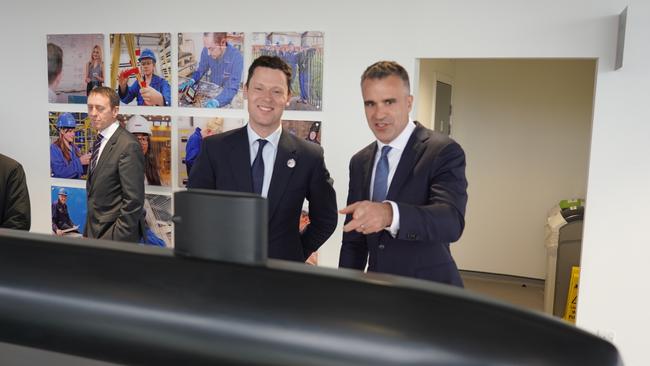
“I might not be here, or the corporate badge might be different, but there’s an expectation that we’ll be building ships here,” he says.
“What we’ve set up here, you know, I think, has been regarded as really, truly world class in naval shipbuilding parlance.”
Lockhart also completed a nuclear standards inspector course, so it’s fair to say he knows more than most about how it all works.
He simplifies a nuclear submarine for the non-expert audience.
“It’s basically just a big steam kettle,” he says, before explaining how uranium 235 fuel rods power the boat.
“When you pull these rods out of the containers, you expose them to water, and that sets off the reaction that creates heat.”
There is a loop that travels through a pressure vessel holding water and the heat creates the steam and then the superheated steam is passed through turbines which drives the engines.
“So, when you put your foot on the submarine accelerator, all you’re doing is lifting the rods up to create the nuclear reaction. Take the foot off the accelerator and the rods go back. It’s a self-regulating pressurised water reactor.”
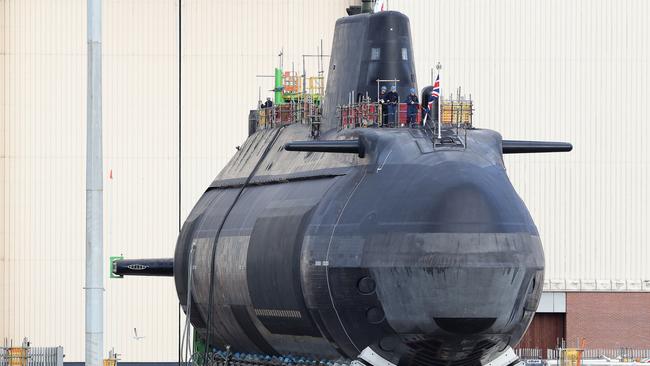
But anything nuclear carries obvious risk and Britain’s nuclear submarine fleet was having troubles with its reactors when Lockhart was starting his career.
Worrying cracks were developing within the circuit carrying the heat. Not ideal when you are dealing with nuclear reactors.
“And those cracks were extremely, let’s say, significant to the point where many of the nuclear submarines had to be instantly decommissioned,” he says.
Lockhart became part of a team that was charged with finding a solution.
“How could we fix inside a nuclear reactor? You know, which is a place that we didn’t send people that often,” he says.
After much to-ing and fro-ing, the ultimate solution involved cutting out sections of pipe and replacing them.
On one sub, the HMS Sceptre, Lockhart says he was responsible for “cutting the biggest hole out the top of a submarine ever”.
Then he had to go to sea to see if it all worked. Lockhart won’t go as far as saying that was a nervous moment – he says he was confident in the engineering, but admits to a “degree of cautiousness”.
More Coverage
Originally published as BAE Systems boss Craig Lockhart says SA must start preparing for its nuclear future




